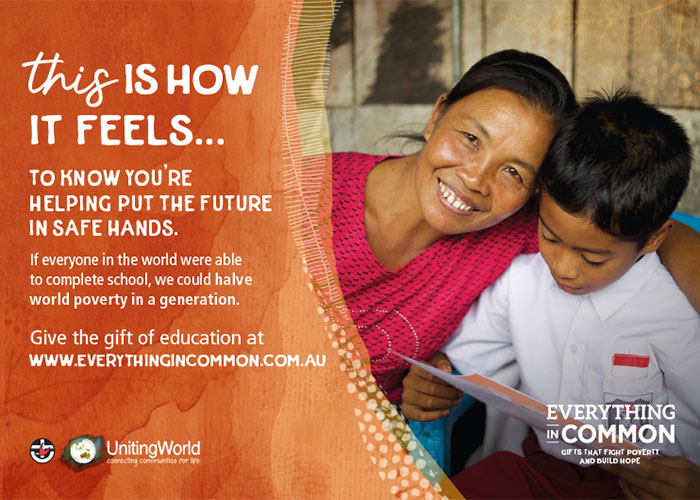I’m writing this listening to Perry Keyes’ album Live in B Town on the pretext of reviewing his new single “Last Night in Redfern Park” and a show at the Great Club early last month, which was a warm-up for sold-out shows at the Camelot Lounge.
Keyes has been described as one of Australia’s premier singer-songwriters, with five critically acclaimed and award-winning albums.
He grew up in Redfern in a home populated by uncles, aunts, cousins and grandparents. Every Saturday morning his grandmother would do the housework while playing Ray Charles and Roy Orbison.
Later, living in Waterloo, his band performed music inspired by the Clash, Elvis Costello, Lou Reed and Bruce Springsteen.
Keyes’ songs speak of the inner-city working class community, adolescence, dislocation and social exclusion, and trying to survive in Housing Commission homes.
According to a review in the Sydney Morning Herald, “Keyes is the best chronicler of Sydney we’ve ever had” and “even in the grimmest stories Keyes finds kernels of humanity and love.”
The high-energy “Last Night in Redfern Park” references drug dealers, gambling, high-rise towers, pub-crawls, living on the street, burning cars, and policing.
“Stand up son. Empty your pockets. Keep your head down. Don’t look at me.”
The affirming words at the end of the video clip: “Hold fast.”
Keyes said “Last Night in Redfern Park” was literally a series of snapshots that related to the environment he grew up in: Redfern and Waterloo.
“It’s like an index. It’s the opening song on the new album and it sets up some of the things that are touched upon in greater detail in the songs that follow.”
Other new songs include “Wentworth Park”, “Railway Square”, “Bankrobber” and “One Cone Cul de Sac”.
“My family has roots in Redfern that go back to the mid 19th century, maybe even earlier. I was born down in The Block. My family was a part of the old working class that used to live in that part of town.
“When I was about 11 years old we moved out and ended up in the Housing Commission in Waterloo.
“Photographer Johnny Barker put together the clip that we released with the song. I think it matches the energy and angst of it pretty well.”
When I saw Keyes at the Great Club he was playing with Ed Kairouz and Michael Carpenter, switching sets with Tim Freedman and Ollie Thorpe.
That Freedman appeared in the same show as Keyes, as well as in promotional video, is not surprising.
Freedman and Keyes, in addition to being great songwriters, are both magnificent chroniclers of and advocates for the denizens of Sydney’s inner west.
Keyes said he’d known Freedman since the late 1980s when they played around the inner city indie music scene. “There’s a chance we may have met earlier at Redfern Oval at a Souths v Manly game in the 1970s.
“I pretty much watched Tim, Stevie Plunder and Andy Lewis put The Whitlams together at the bar in the Sandringham Hotel in Newtown over a few Saturday afternoon sets.”
During the Great Club show, Keyes and Freedman both mentioned another great Sydney singer-songwriter: Bernie Hayes.
“Bernie wasn’t at the show in Marrickville,” said Keyes. “I haven’t seen Bernie in a while but we’ve known each other since playing the Sando back in the early 1990s.”
The owner of the Great Club had been in the media in recent months speaking about being put under strain by noise complaints issued by a neighbour. She called for help from supporters of the venue.
What was Keyes’ experience of the acceptance of venues in the inner city over the years?
“I’ve played a lot of gigs in the inner city since my first band Leb Zetland played at the old Zetland Hotel back in the mid ’80s.
“I don’t know if anything’s gone wrong. I do think if people move into an area with an existing nightlife and live music scene, they shouldn’t be able to shut it down. I mean, if you want peace and quiet, stay in the suburbs.”
Keyes said there wasn’t an exact release date for the album but probably in the last quarter of 2023. See the video for “Last Night in Redfern Park” here: https://www.youtube.com/watch?v=k2PMm1yLSA8





